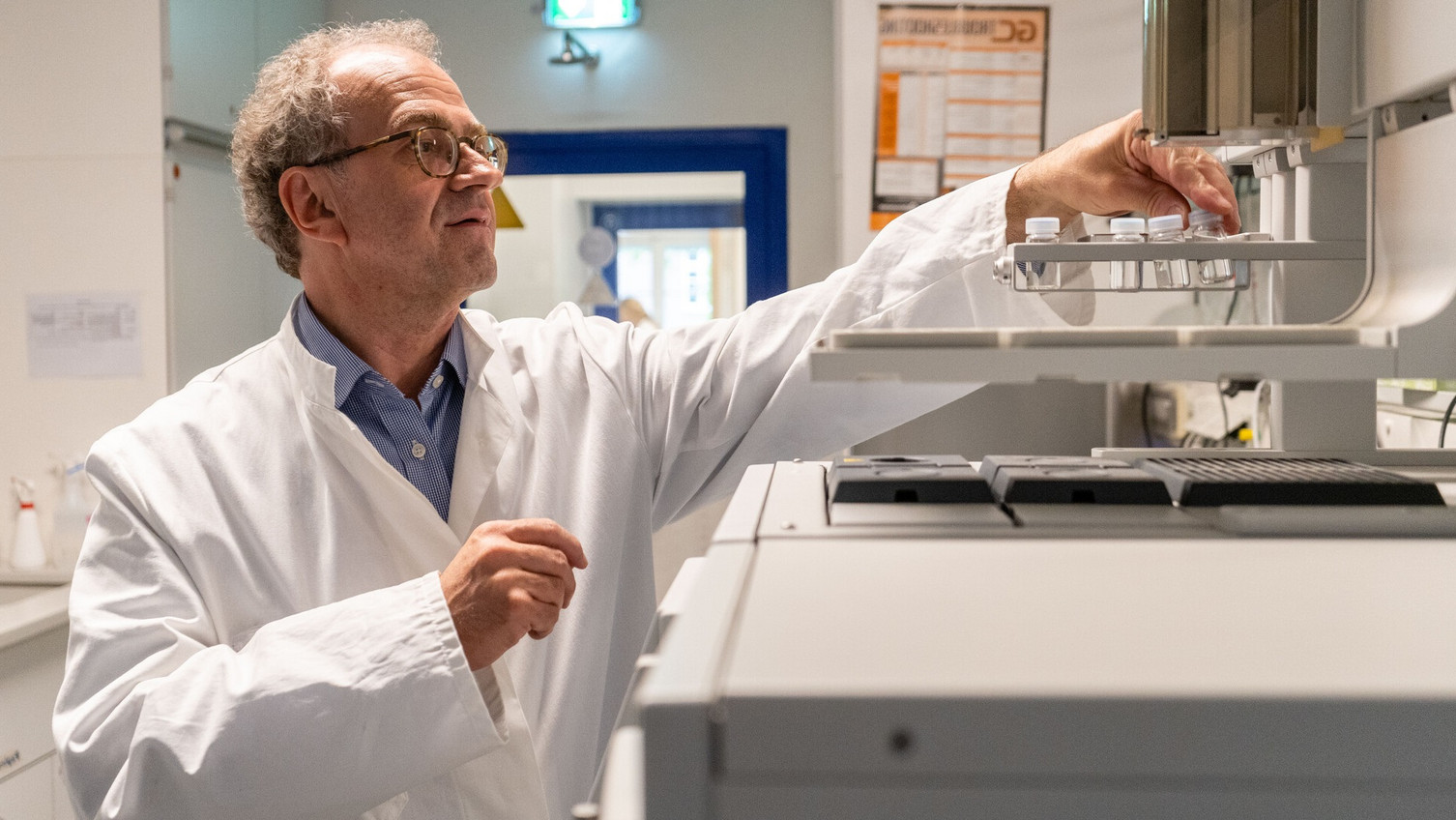EU Green Deal: Replacing Hazardous Chemicals
2022-05-23 Based on the new EU-funded research project IRISS, the team around Professor Dr. Klaus Kümmerer seeks, among other aspects, to raise the awareness of the textile and plastics industry to hazardous substances in production. Training modules in vocational and further education are at the planning stage.
According to the European Commission, global chemical production will double by 2030. Despite comprehensive chemicals legislation in the EU, environmental pollution continues to increase: "In the past, attempts were made to replace hazardous substances. However, the substitutes have sometimes led to new problems in the environment and occupational and consumer safety," explains Dr Klaus Kümmerer, Professor of Sustainable Chemistry and Material Resources. Within the EU Green Deal, there is now a sector that focuses on chemistry in particular. The Chemicals Strategy for Sustainability (CSS) aims to make substitutes safe and sustainable by design (SSbD).
The EU project "The international ecosystem for accelerating the transition to Safe-and-Sustainable-by-design materials, products and processes” (IRISS), funded with 275,000 euros, takes a systemic approach: Within the three-year term, a Europe-wide network with all stakeholders will be established, using the textile and plastics industry as an example, in order to promote and anchor SSbD. "Determining which chemicals are needed for production, remain in the products, and cause environmental and sustainability problems already starts with the choice of fibres. It determines which chemicals are used in the production process. I.e. a system-oriented approach is crucial for the successful implementation of SSbD. For example, companies can avoid toxic substances in production as early as the planning stage if they have the necessary knowledge. We want to accompany the entire life cycle of a product: from production to waste recycling," explains the chemist.
In collaboration with the University of Birmingham, Leuphana researchers assess what information and methods are already available on hazardous substances. In response to what is lacking, they will develop training modules. The course contents shall find a place both in vocational and further education as well as in university teaching.
The IRISS project aims to connect and transform the SSbD community in Europe and globally towards a life cycle approach that holistically integrates safety, climate neutrality, as well as recyclability and functionality of materials, products and processes, to meet the EU Green Deal, the EU Chemicals Strategy for Sustainability and the UN SDGs.
IRISS is unique in that the consortium is composed of around 20 core and network partners from politics, industry, research and education.

